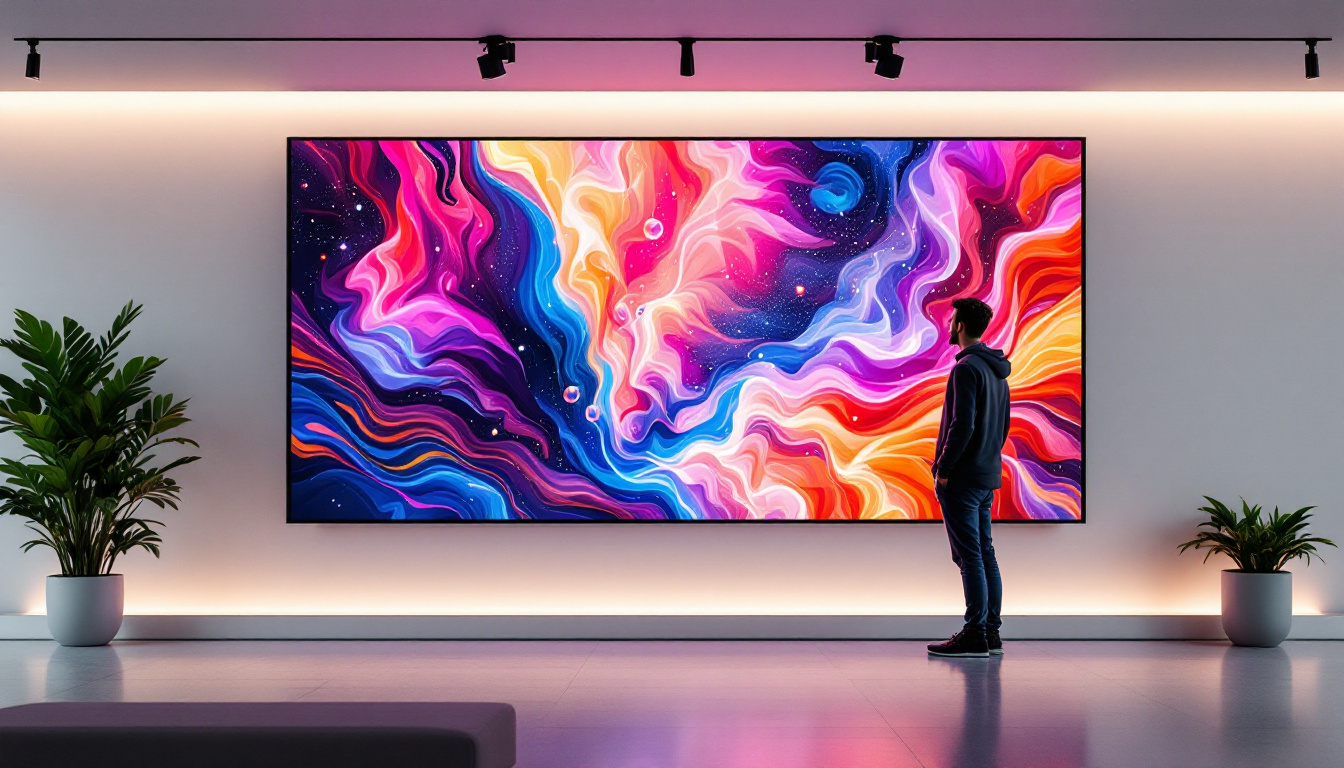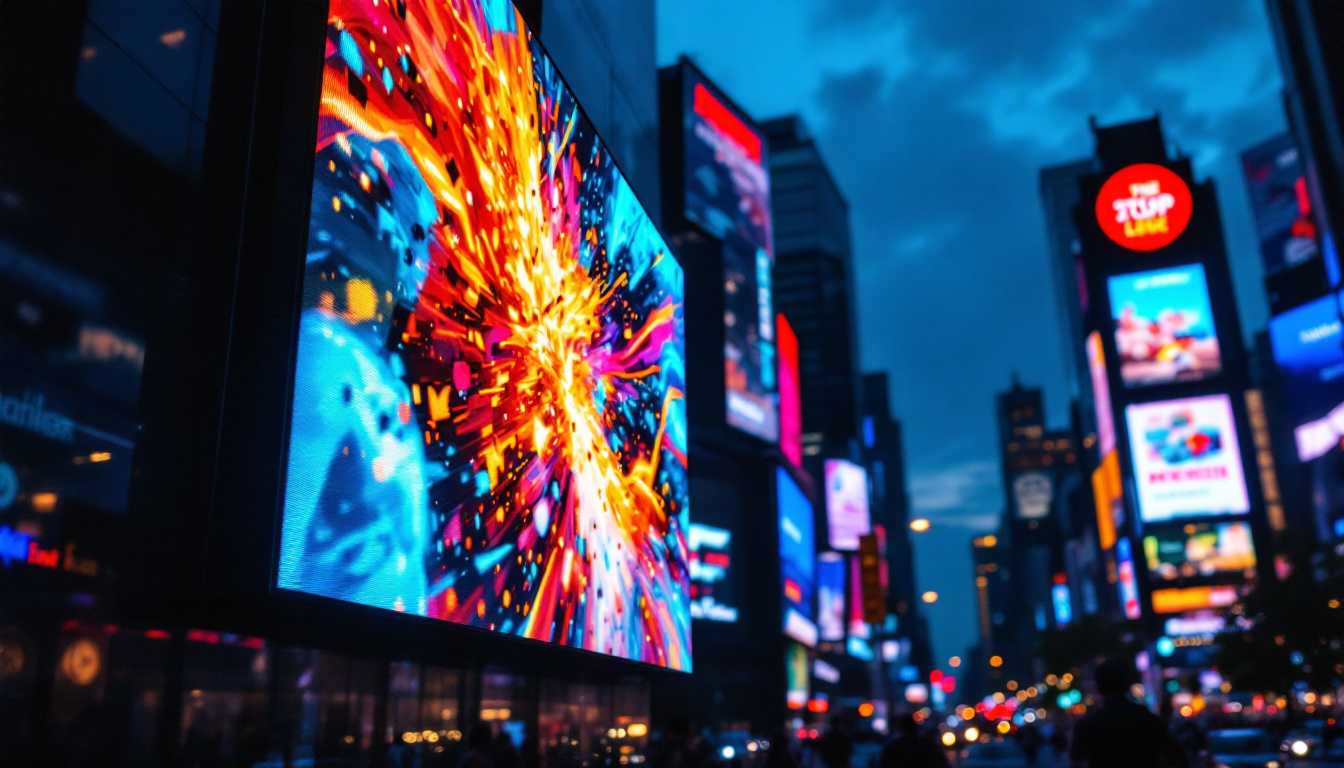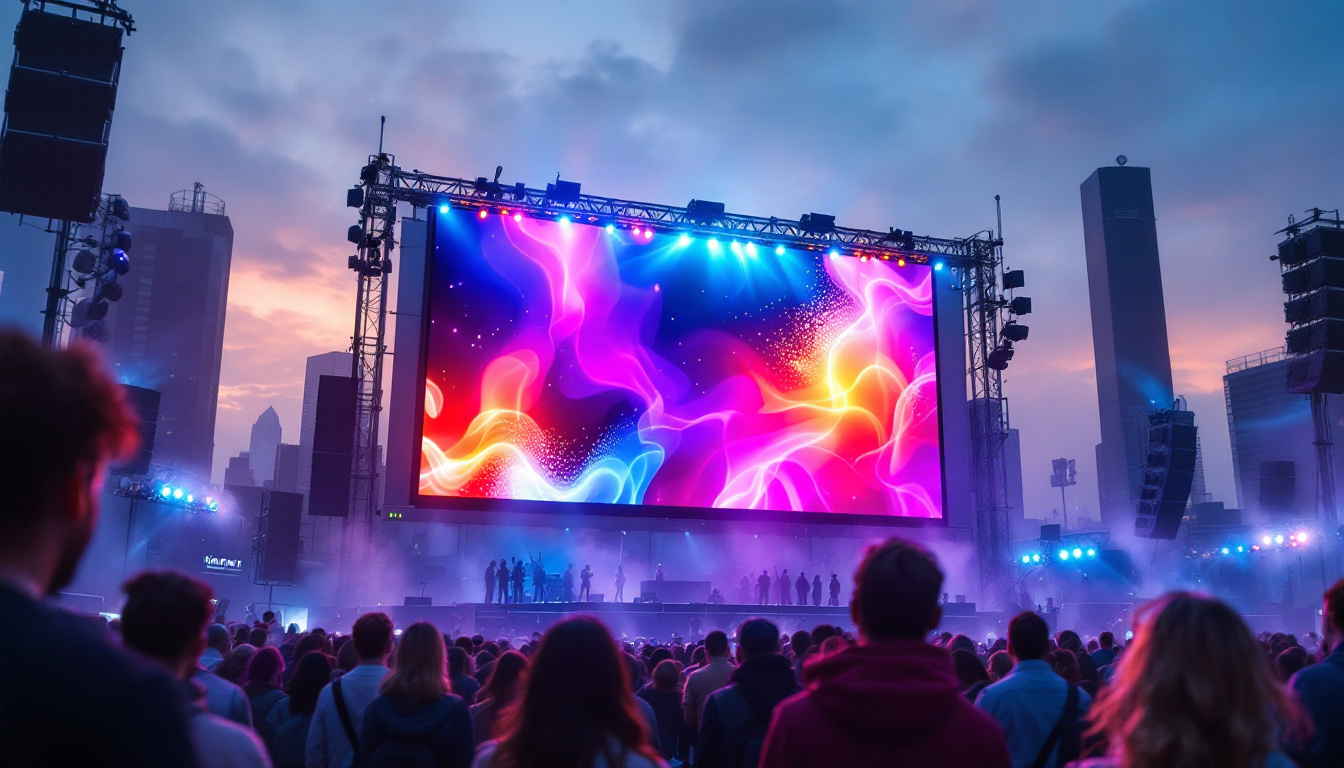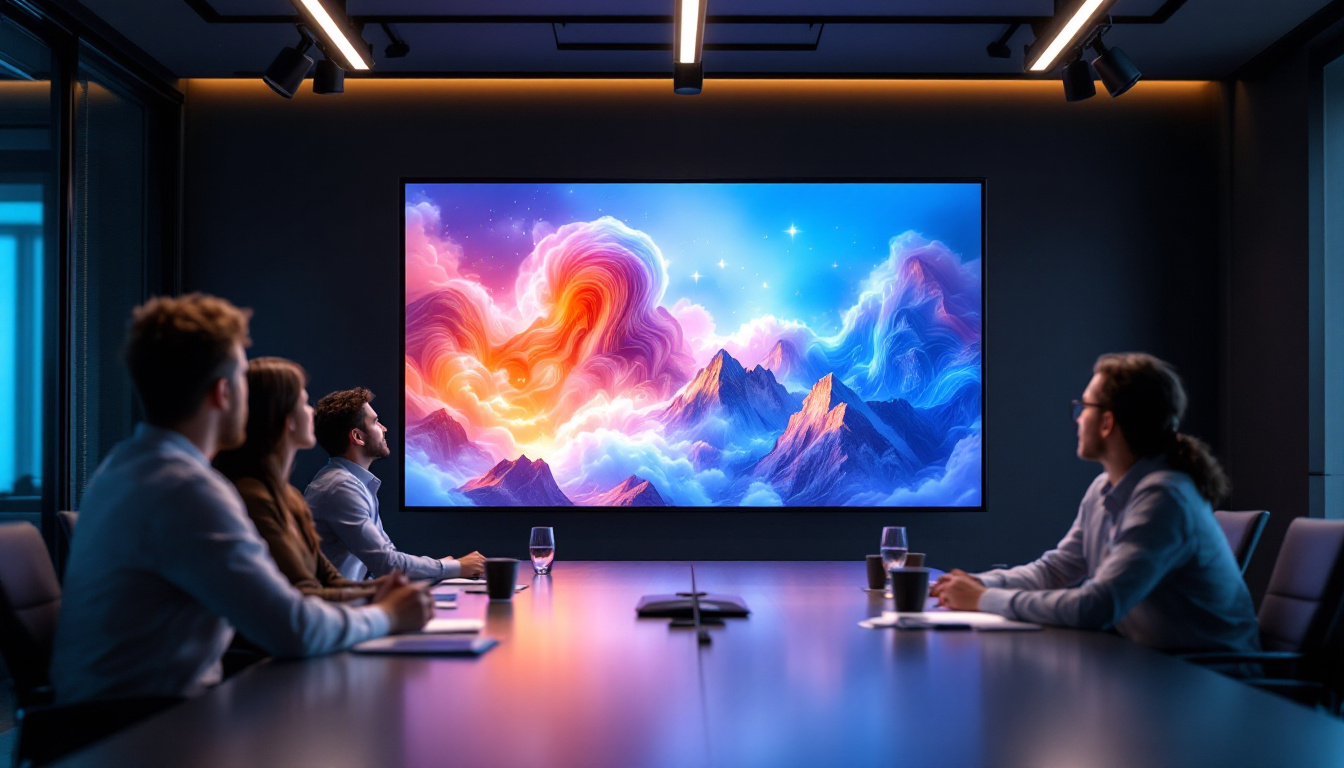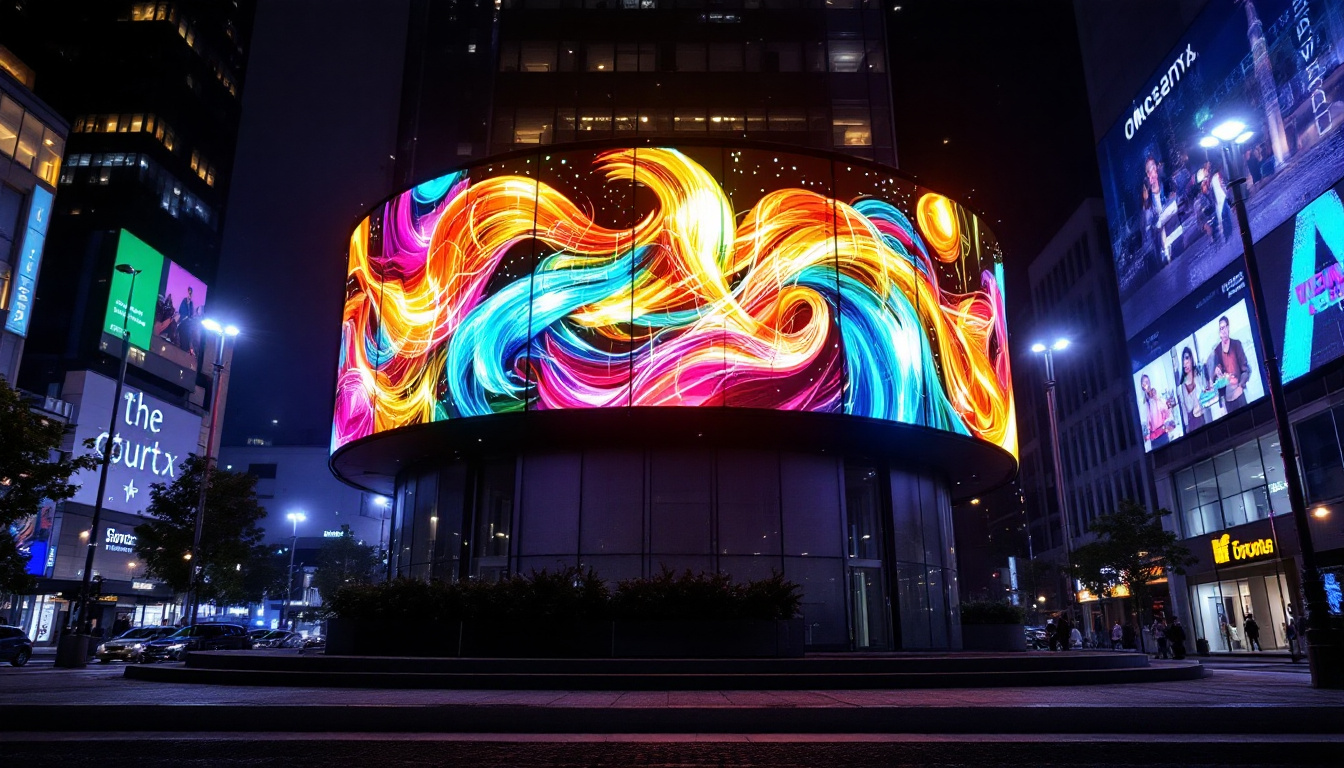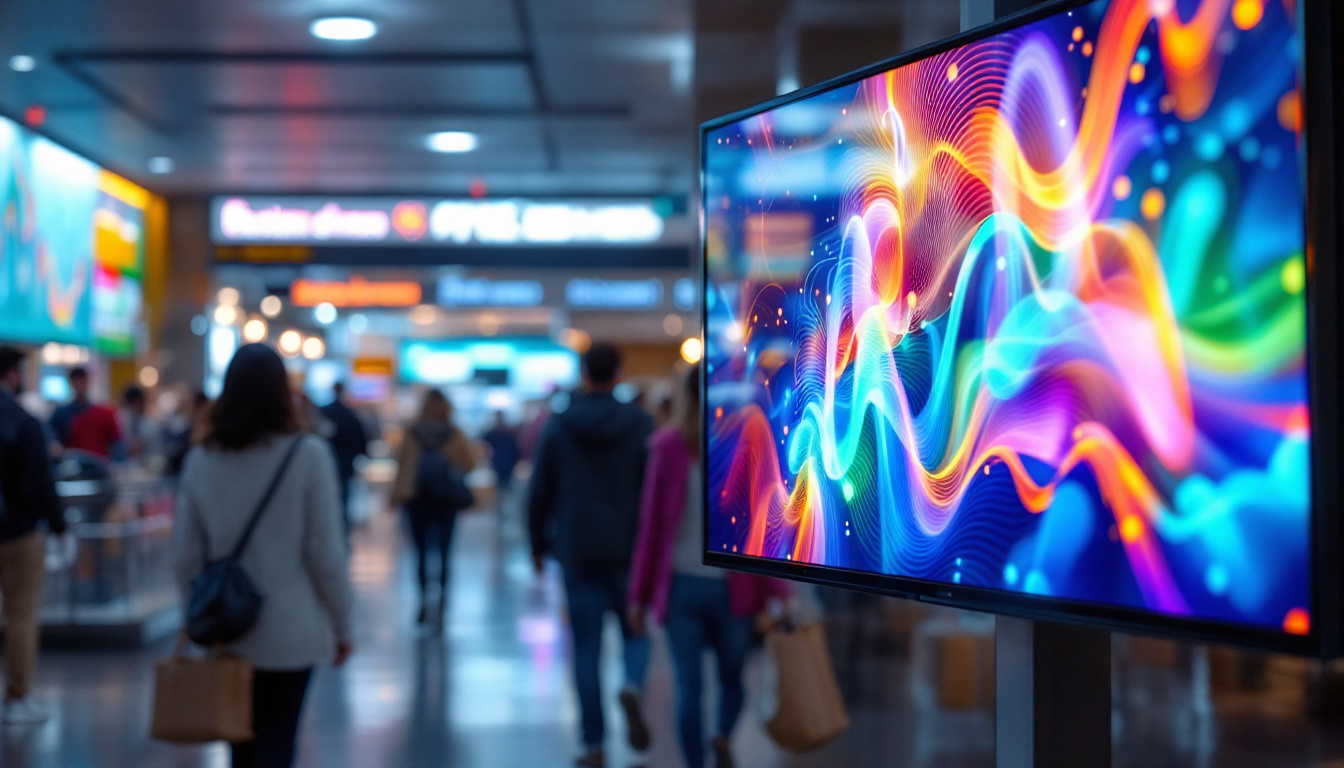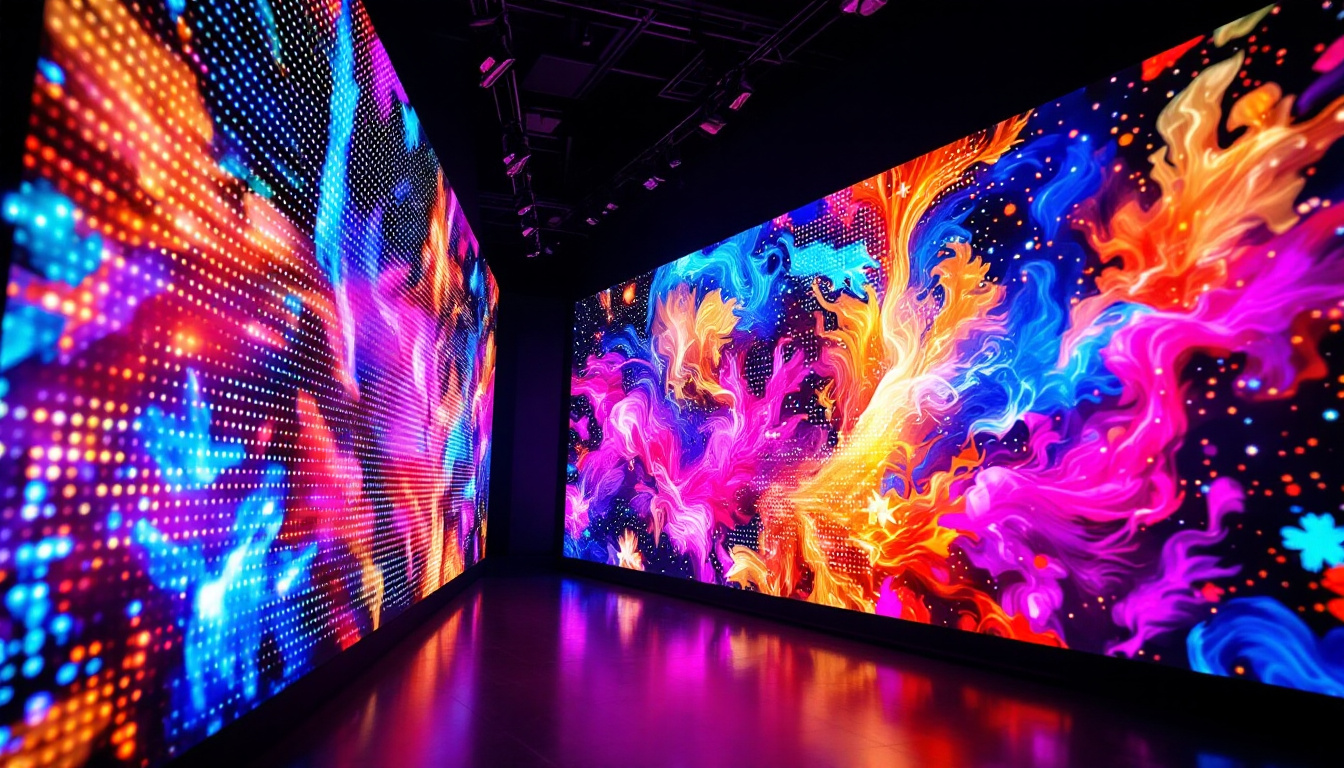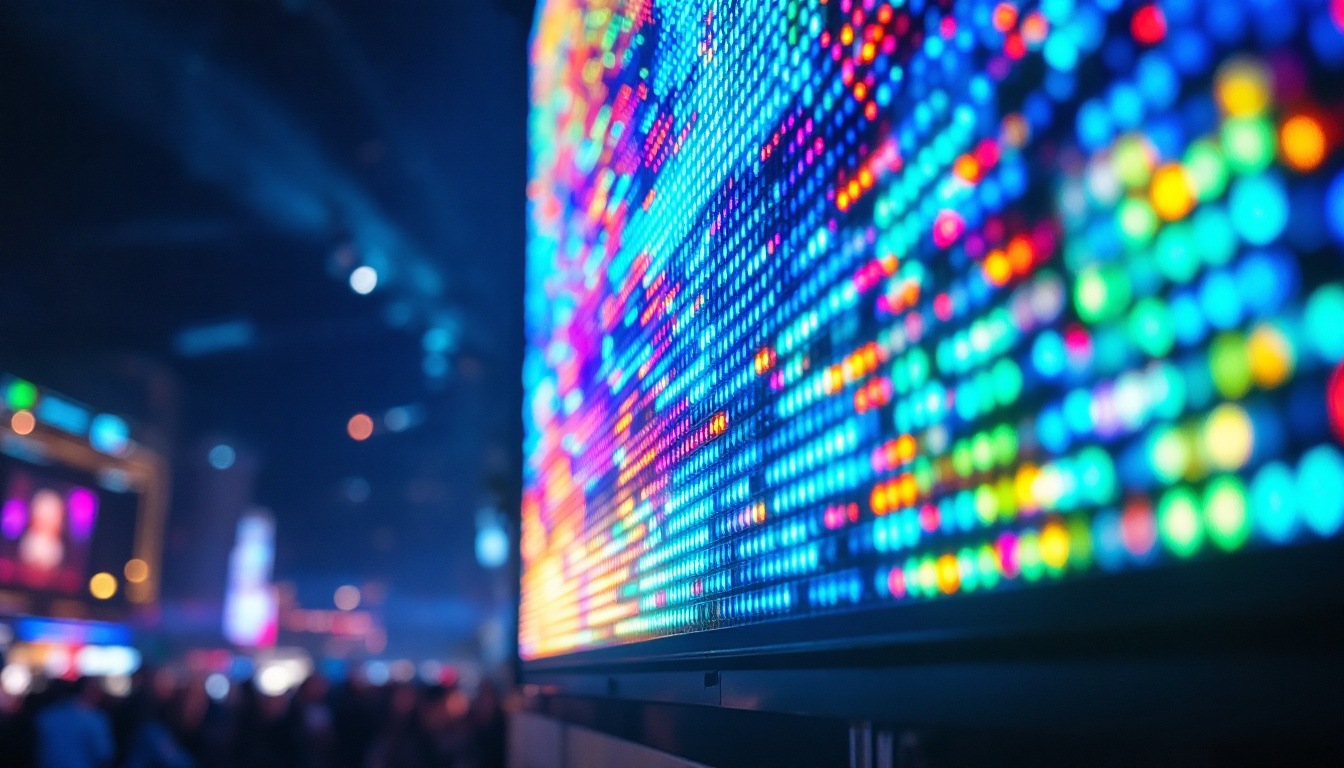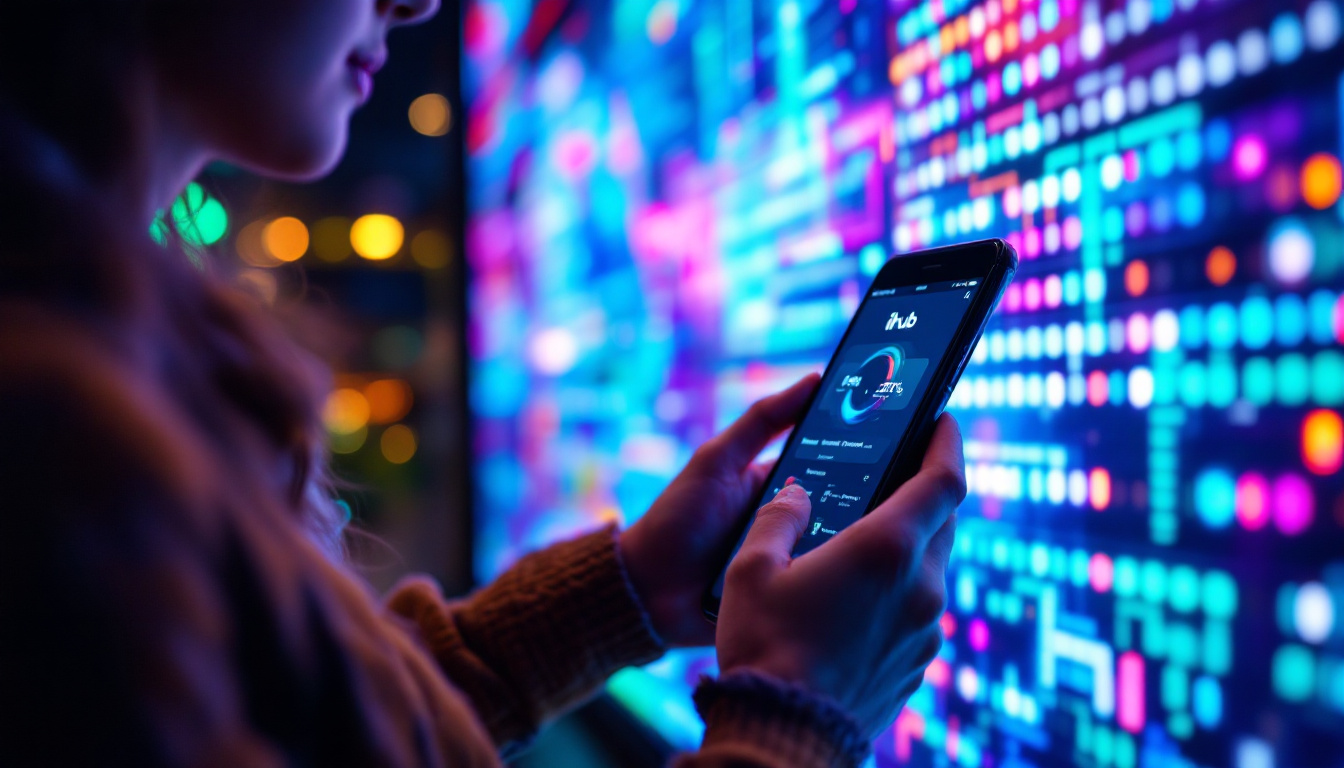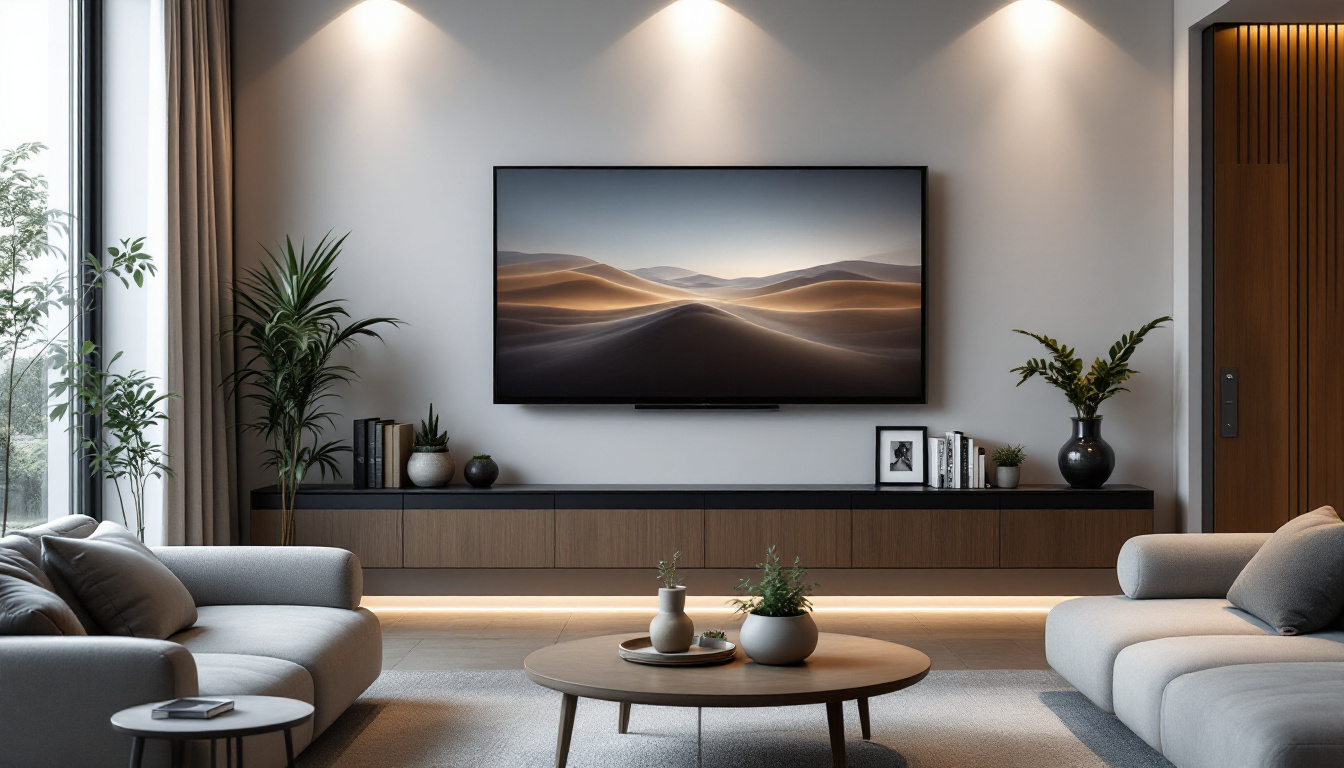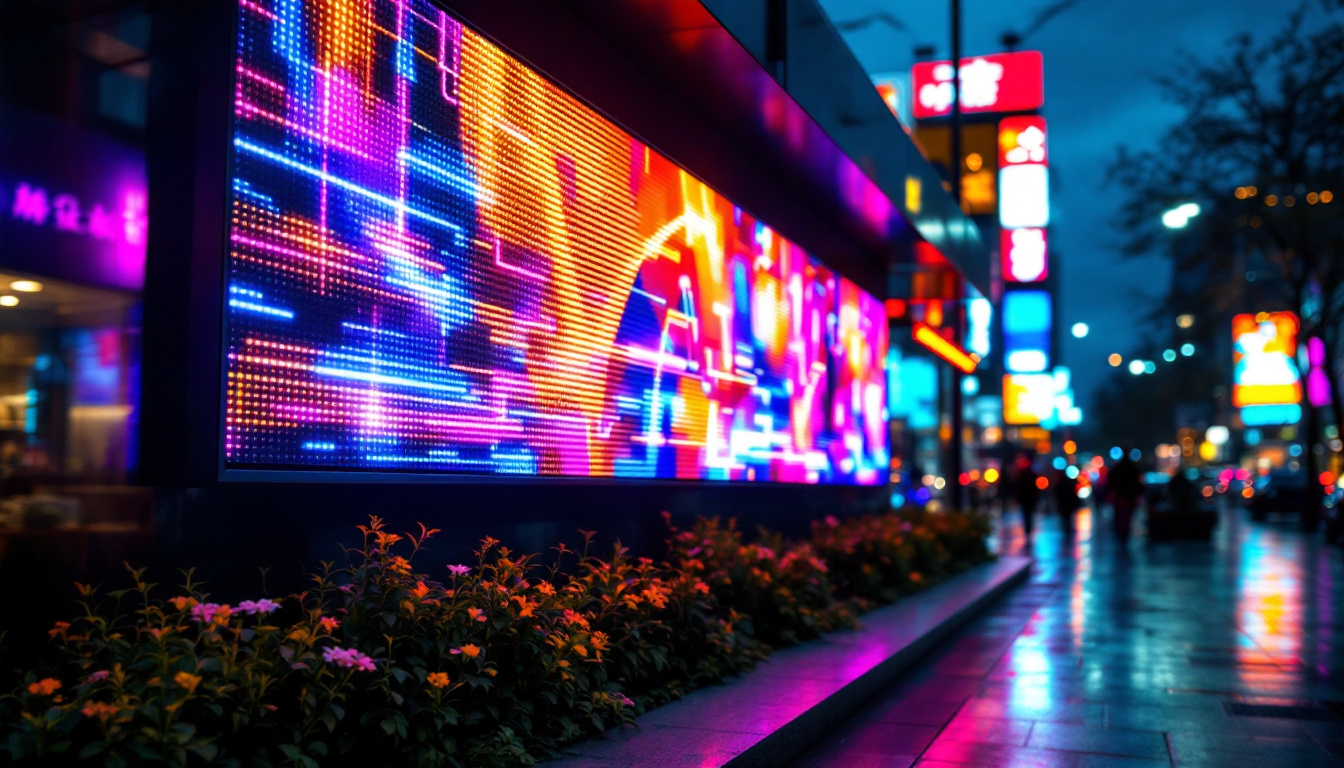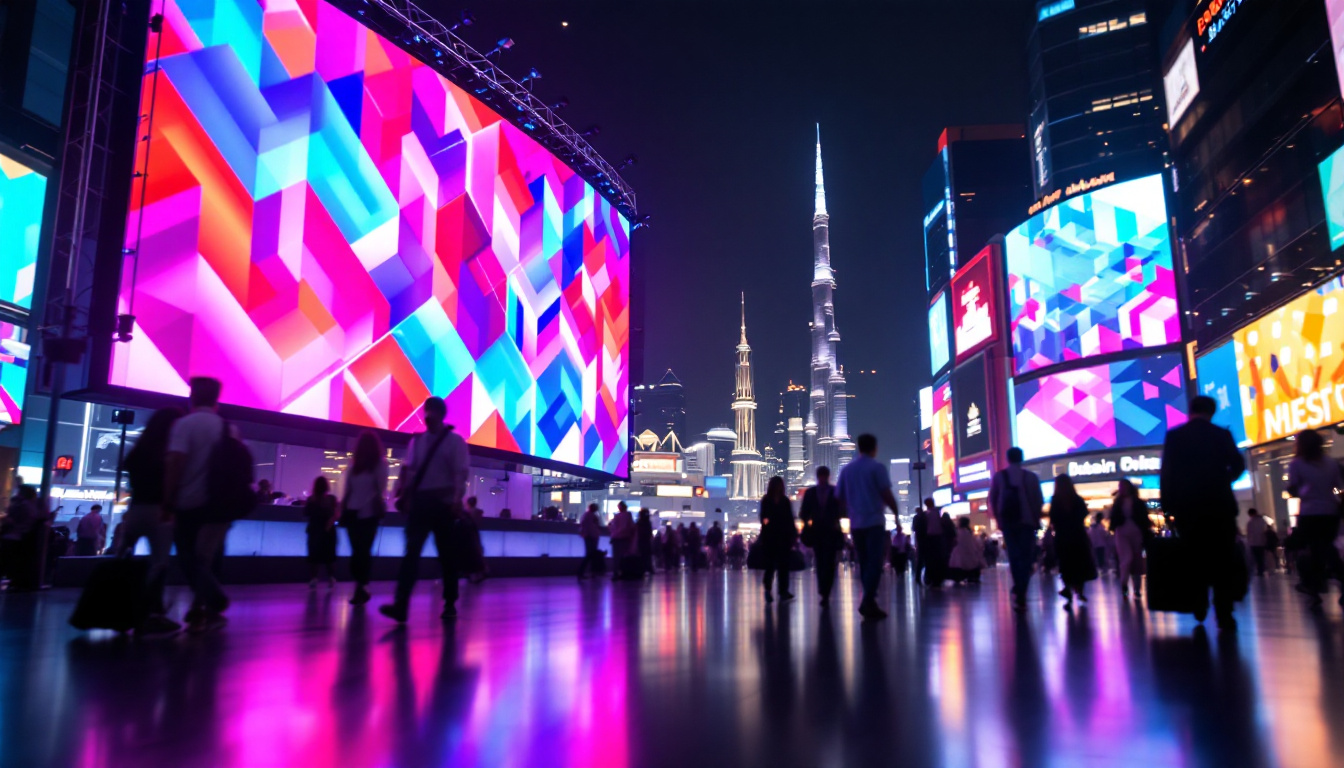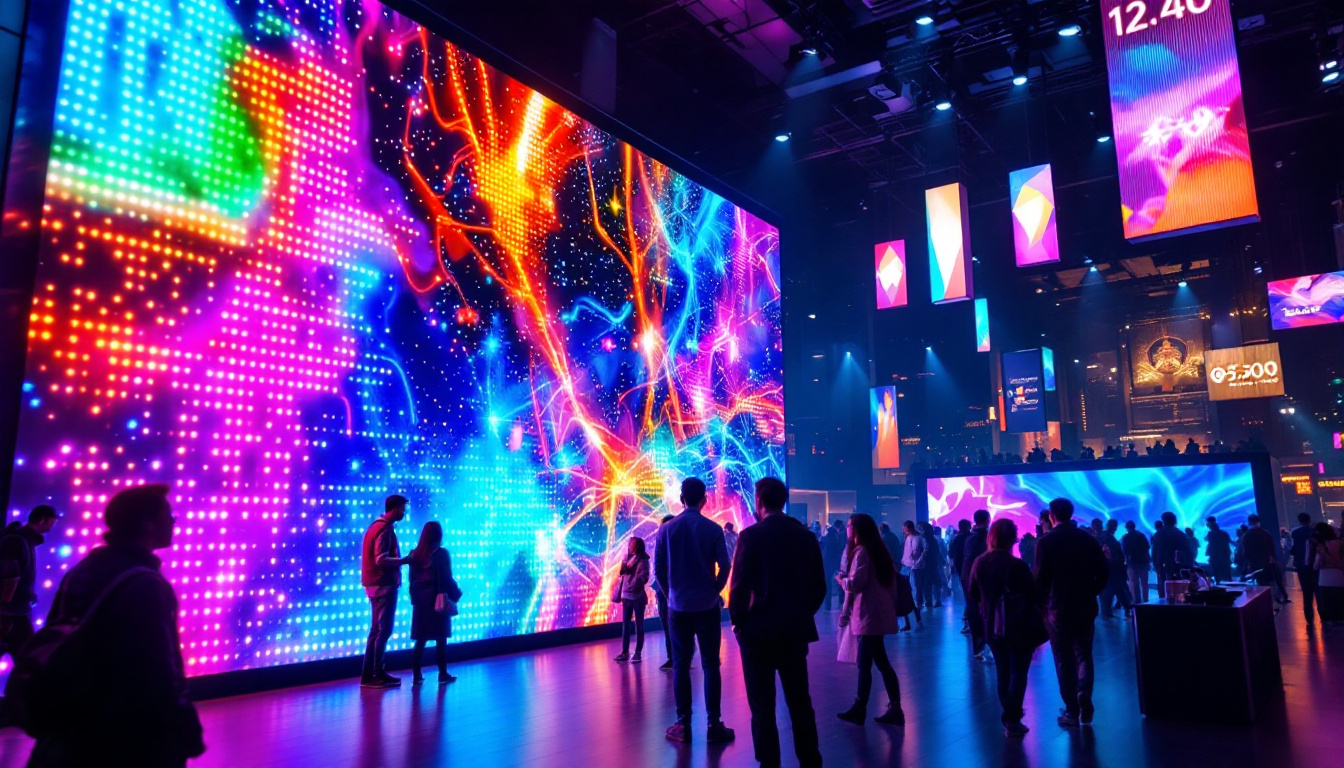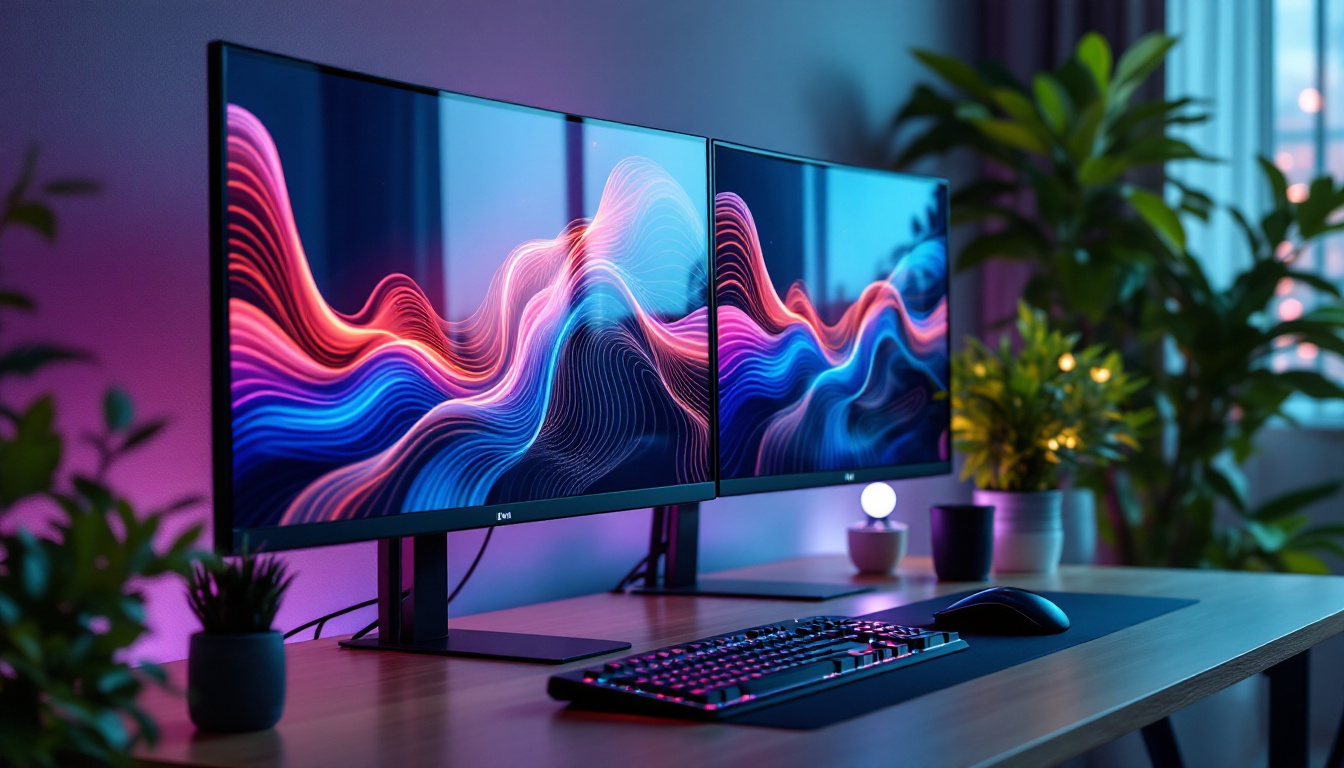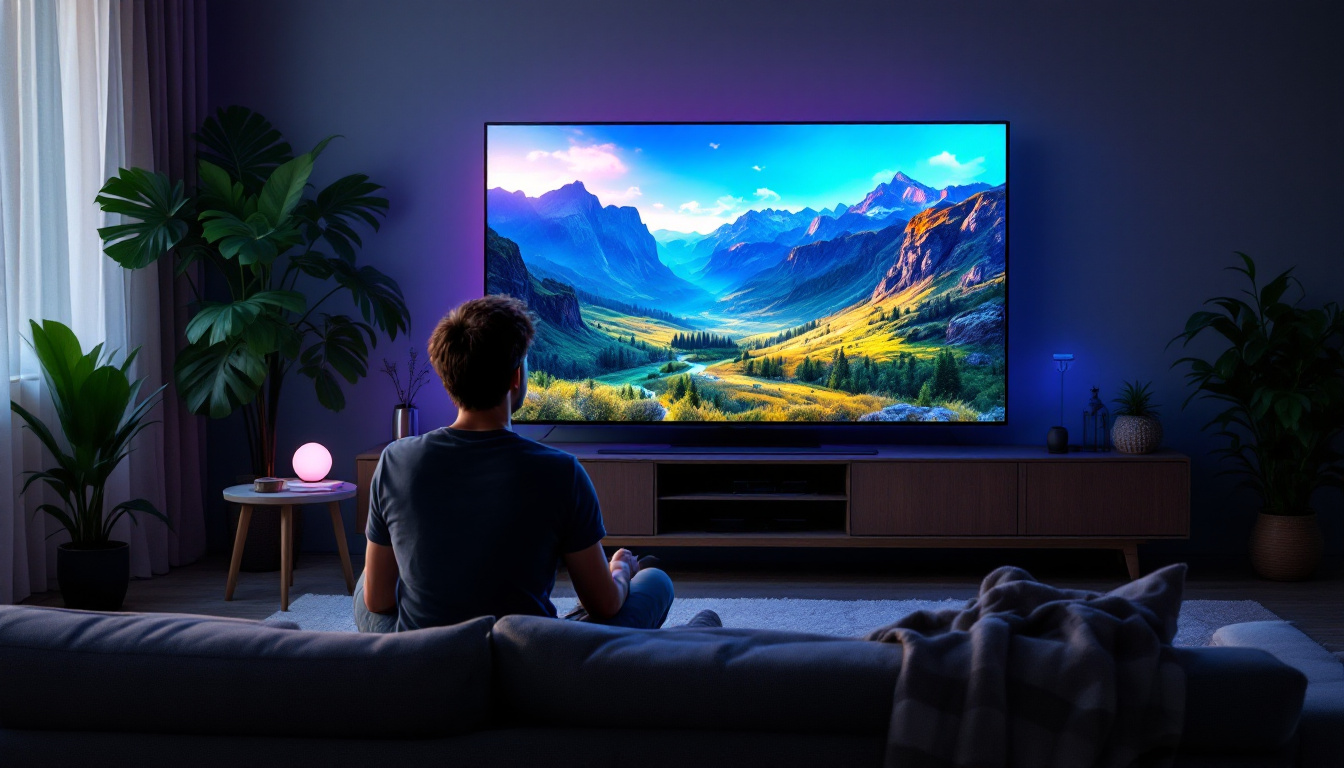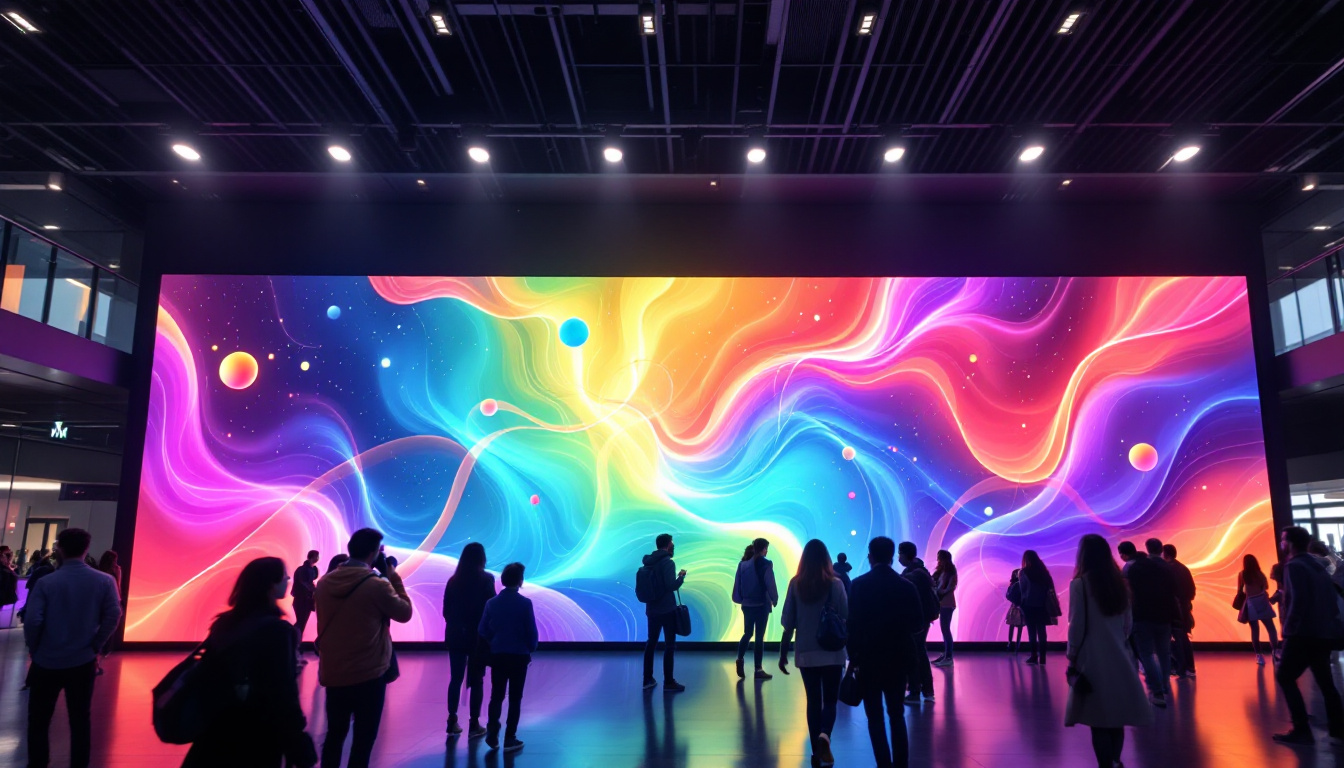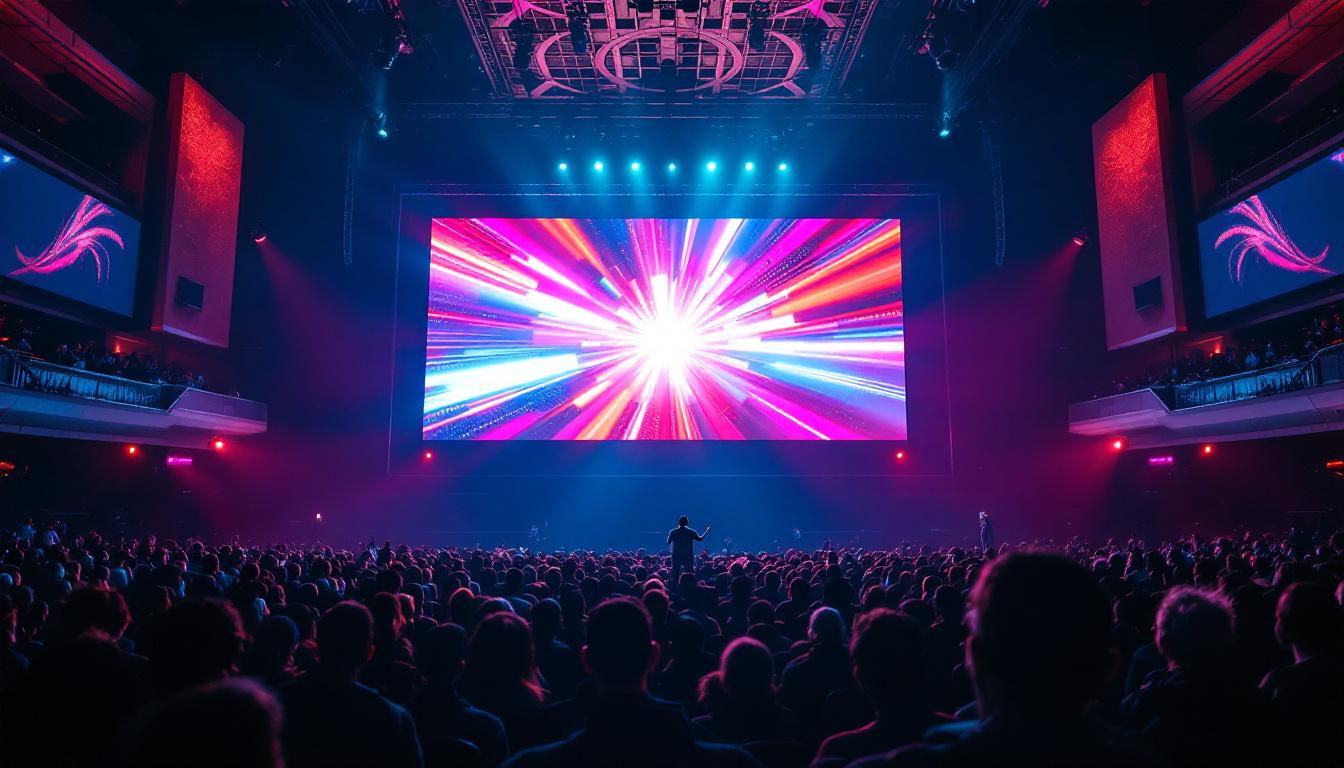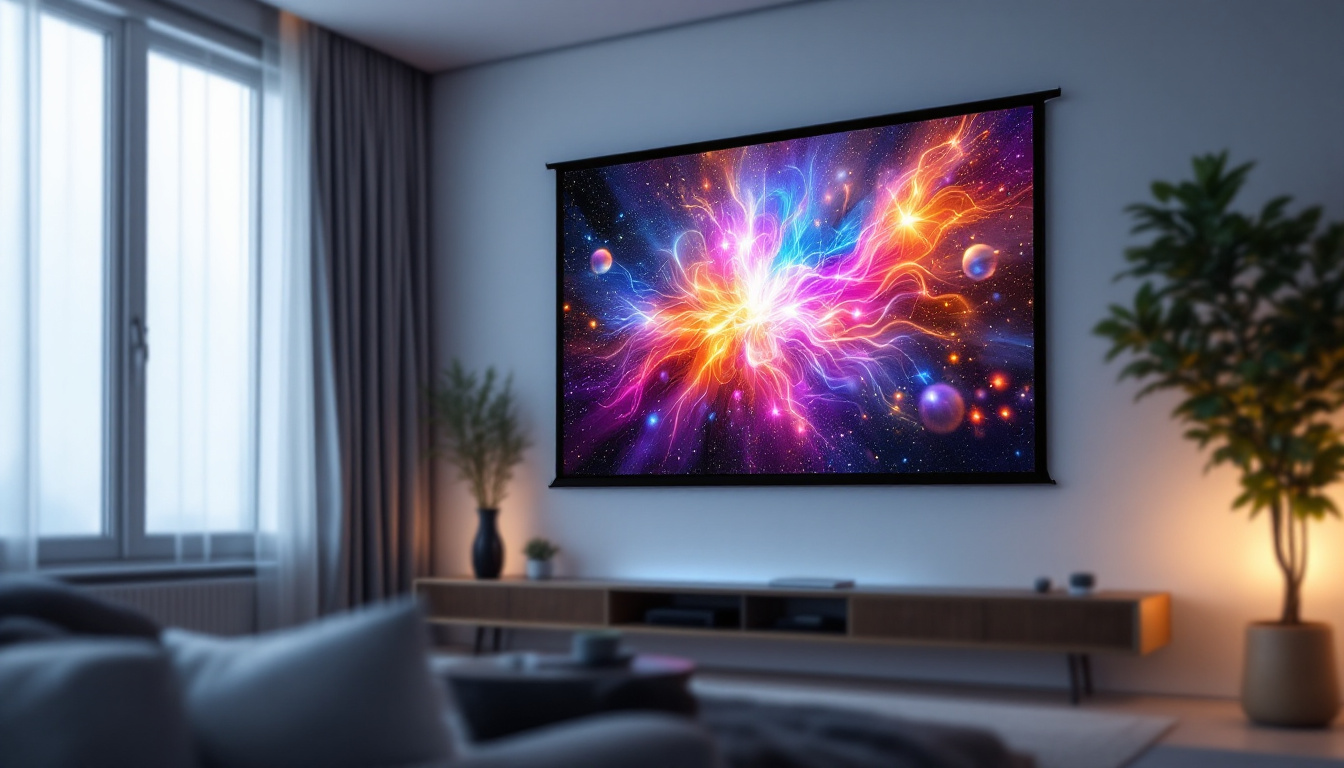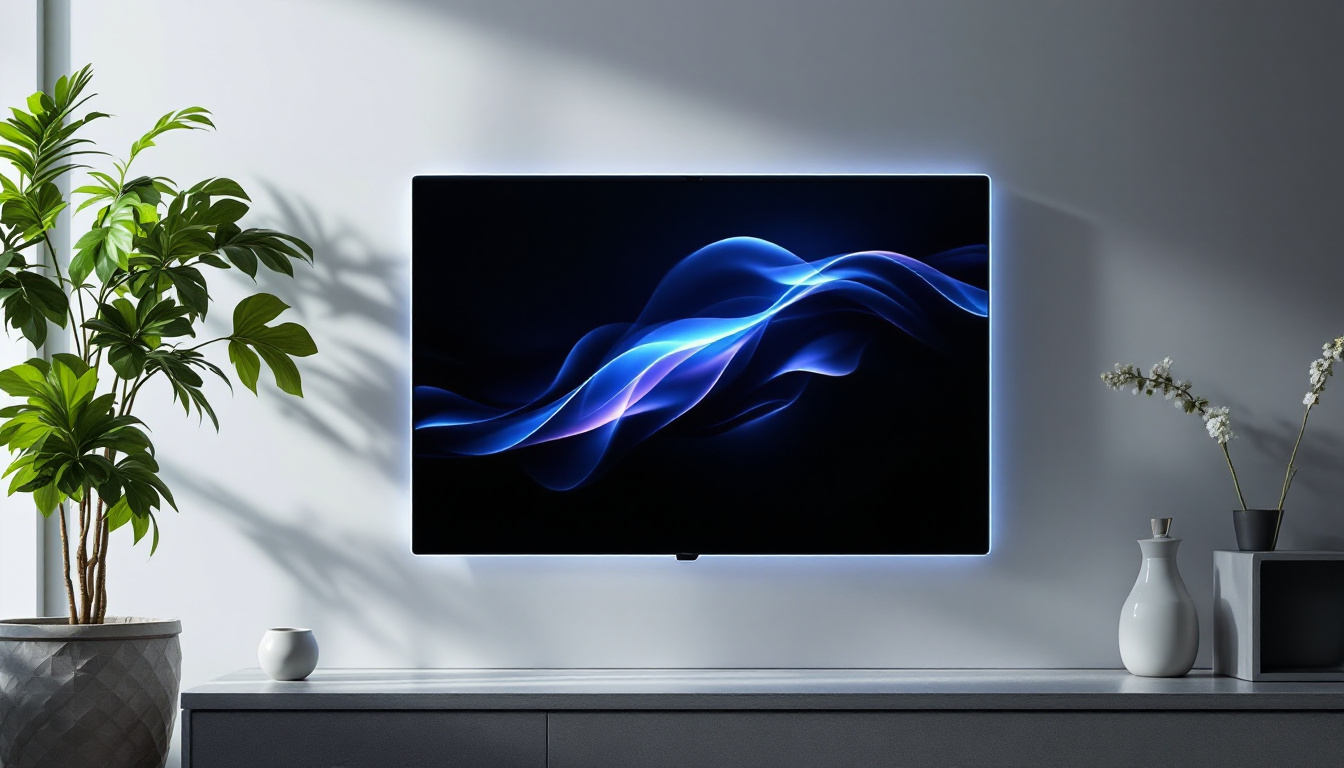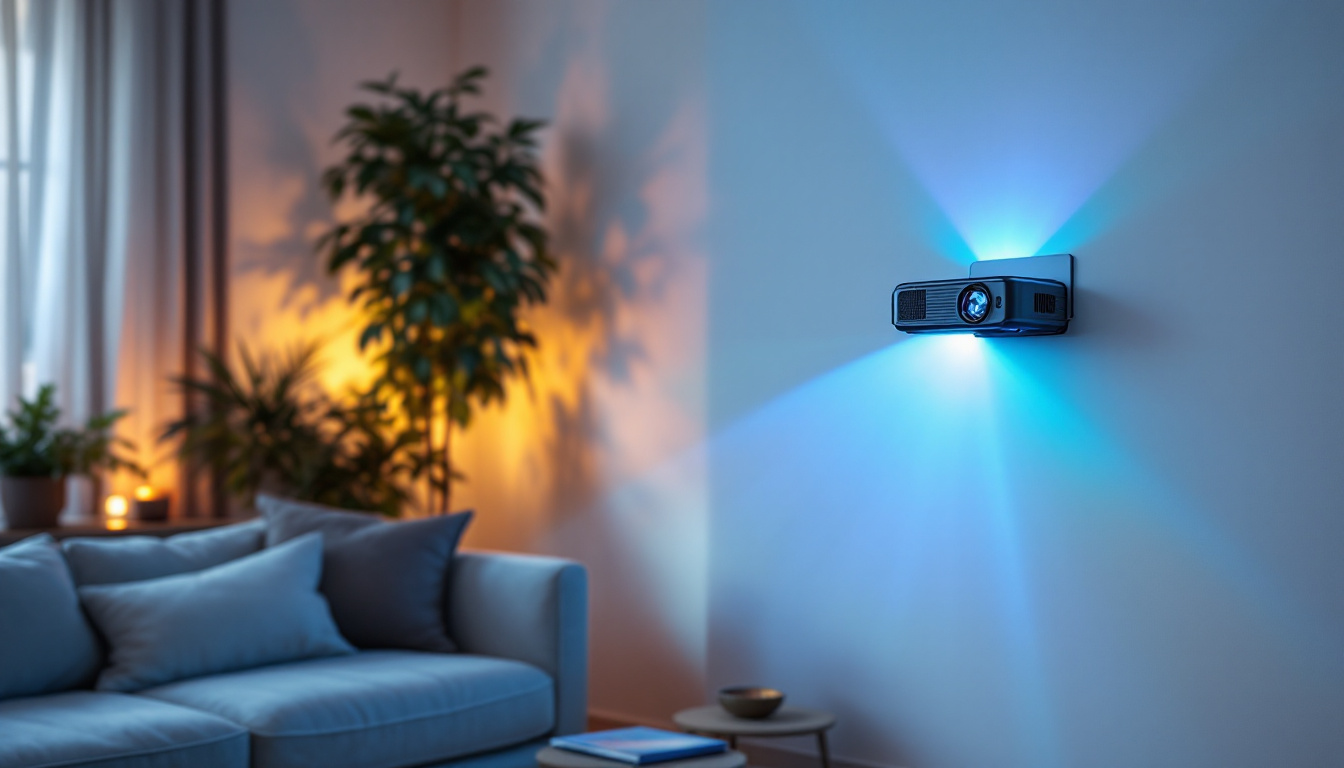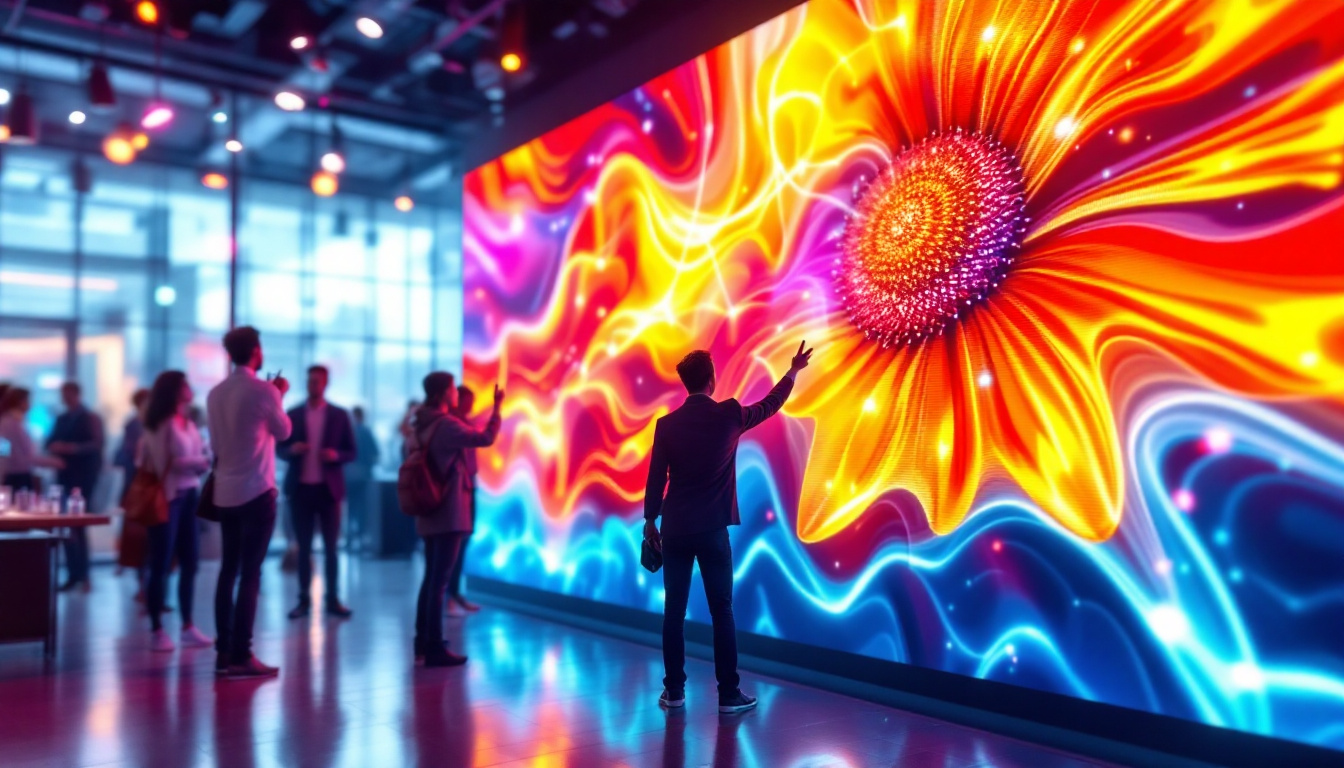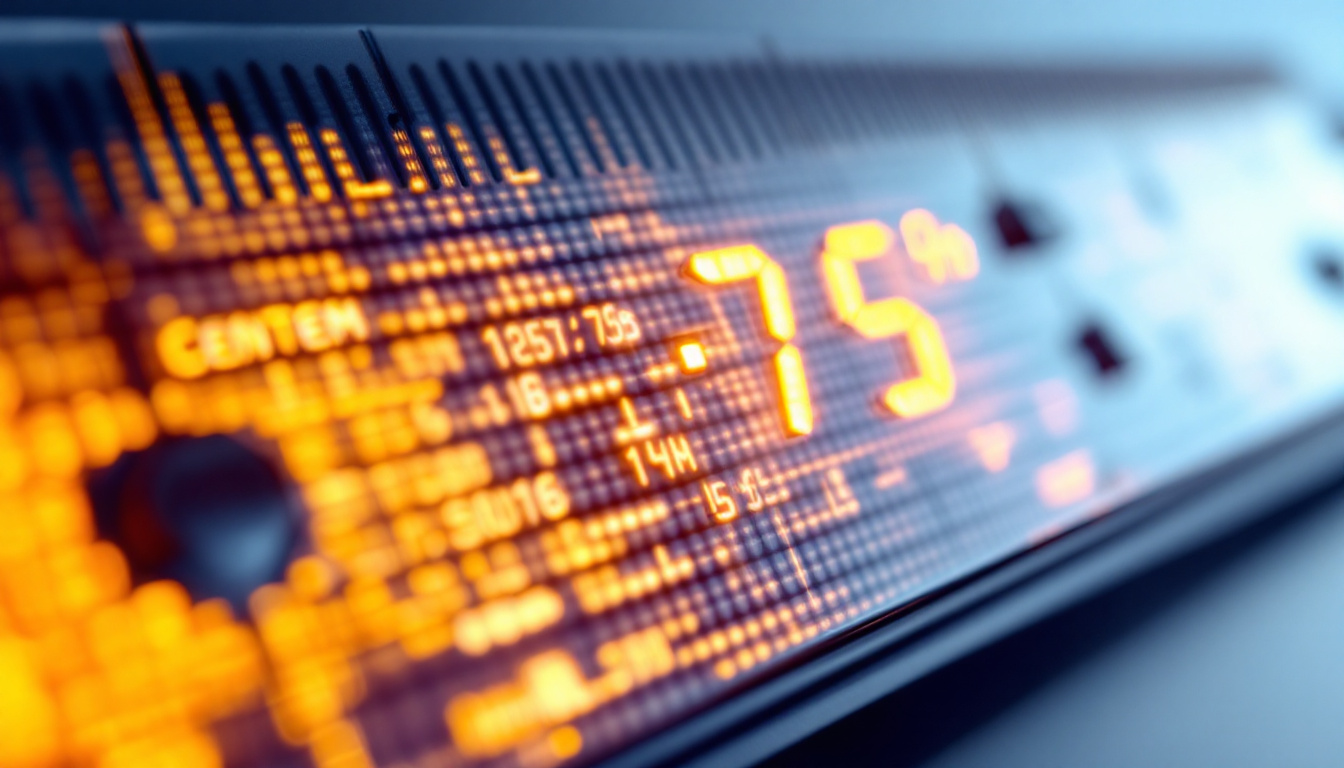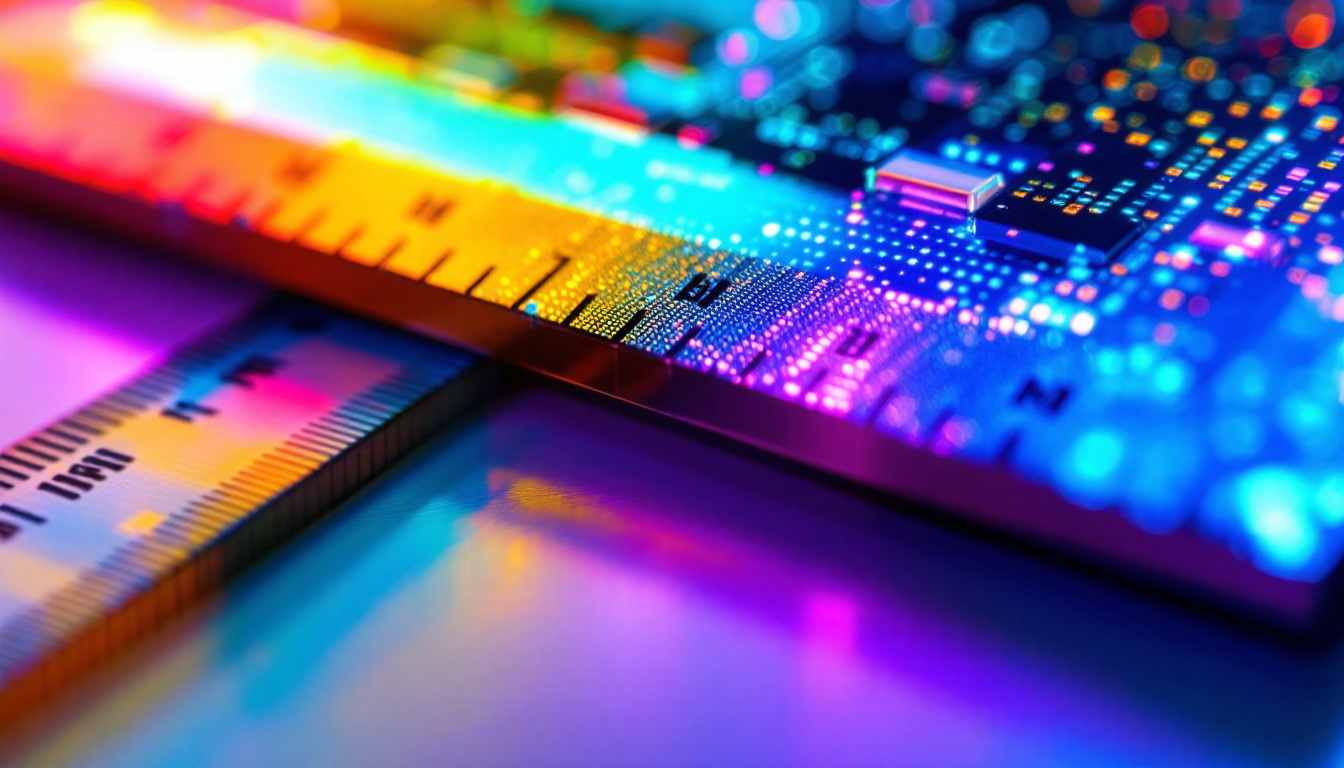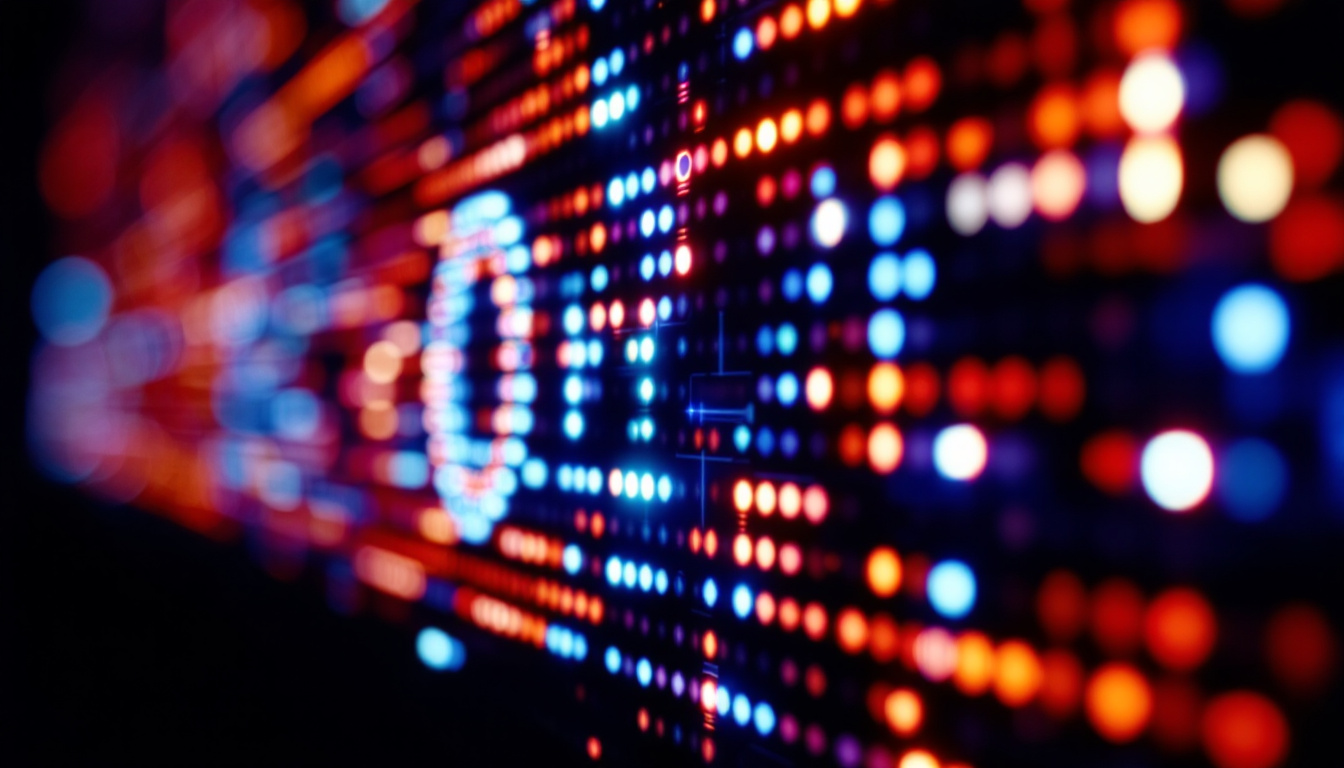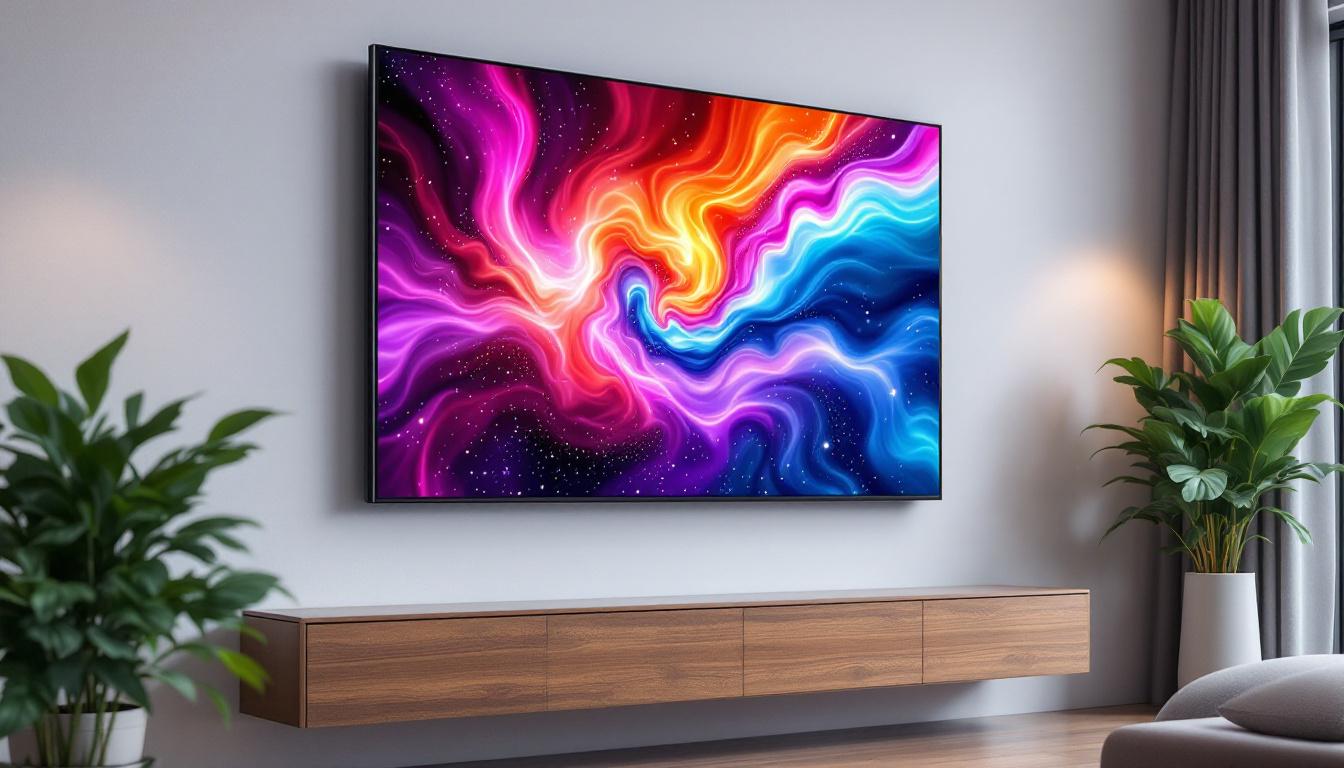In the realm of modern technology, LED displays have become a staple in various industries, from advertising to entertainment. understanding the specifications of these displays, including their size, is crucial for making informed decisions. One common measurement conversion is from inches to millimeters, which is essential for those looking to purchase or utilize LED displays. This article will explore the conversion of 109 inches to millimeters, delve into the significance of display size, and provide insights into LED technology.
Understanding the Conversion: 109 Inches to Millimeters
To convert inches to millimeters, one must know that one inch is equivalent to 25.4 millimeters. Therefore, to convert 109 inches to millimeters, the calculation is straightforward:
109 inches × 25.4 mm/inch = 2768.6 mm
This means that a 109-inch display measures approximately 2768.6 millimeters diagonally. This measurement is critical for ensuring that the display fits within the intended space and meets the viewing requirements. In addition to the diagonal measurement, it’s also important to consider the overall dimensions of the display, including height and width, to ensure that it integrates seamlessly into the environment where it will be placed.
The Importance of Accurate Measurements
Accurate measurements are vital in various applications, especially in commercial settings where space is limited. A display that is too large or too small can impact visibility and overall effectiveness. For instance, in retail environments, the size of an LED display can influence customer engagement. A display that is appropriately sized can draw attention and enhance the shopping experience. Furthermore, the resolution and pixel density of the display can also play a significant role in how effectively the content is perceived by viewers, making the choice of size even more critical.
Moreover, understanding the dimensions in millimeters can help in planning installations and ensuring compatibility with existing fixtures or structures. This attention to detail can save time and resources during the setup process. Additionally, it allows for better planning in terms of cable management and power supply requirements, which are essential for maintaining a clean and professional appearance. When installing large displays, considerations such as viewing distance and angle also become paramount, as these factors can significantly affect the viewer’s experience and the overall impact of the display in its intended setting.
The Role of LED Displays in Modern Technology
LED displays have revolutionized the way information is presented and consumed. Their vibrant colors, high brightness, and energy efficiency make them ideal for various applications. From digital billboards to indoor signage, LED technology has transformed visual communication. The adaptability of LED displays has led to their integration into everyday life, enhancing not only commercial spaces but also personal environments. As technology continues to evolve, the importance of LED displays in conveying messages and engaging audiences cannot be overstated.
Applications of LED Displays
LED displays are utilized in numerous settings, including:
- Advertising: Digital billboards and signage capture attention with dynamic content that can be updated in real time. This flexibility allows businesses to tailor their messages based on audience demographics and time of day, optimizing engagement and driving sales.
- Entertainment: Concerts, theaters, and sporting events use large LED screens to enhance the audience experience. These displays not only provide live feeds and close-ups but also create immersive environments with stunning visuals that complement performances.
- Information Display: Transportation hubs, such as airports and train stations, rely on LED displays for real-time updates and announcements. Passengers benefit from clear and immediate information regarding schedules, delays, and other essential travel details.
The versatility of LED displays allows them to be customized for specific needs, making them a preferred choice across various sectors. In retail, for instance, interactive LED displays can engage customers by showcasing promotions or allowing them to browse products digitally, creating a seamless shopping experience.
Advantages of LED Technology
LED technology offers several advantages over traditional display methods:
- Energy Efficiency: LED displays consume less power compared to LCD or plasma screens, leading to lower operational costs. This efficiency not only benefits businesses financially but also contributes to environmental sustainability by reducing overall energy consumption.
- Longevity: With a lifespan of up to 100,000 hours, LED displays require less frequent replacements. This durability ensures that businesses can maintain a consistent visual presence without the hassle of regular upgrades or repairs.
- Brightness and Clarity: LEDs provide superior brightness and contrast, making them visible even in direct sunlight. This characteristic is particularly advantageous for outdoor applications, where visibility can be a challenge.
These benefits contribute to the growing popularity of LED displays in both commercial and residential settings. In homes, LED technology is increasingly used for ambient lighting and smart home displays, providing homeowners with customizable options that enhance both aesthetics and functionality. Furthermore, the integration of LED displays with smart technology allows for innovative uses, such as displaying personal reminders or connecting to home automation systems, making them a staple in modern living spaces.
Choosing the Right Size for Your LED Display
When selecting an LED display, size is one of the most critical factors to consider. The ideal size depends on various elements, including the viewing distance, the environment, and the purpose of the display.
Viewing Distance and Size
The distance from which viewers will be watching the display significantly influences the size selection. For instance, in a retail environment where customers are close to the display, a smaller screen may suffice. Conversely, for outdoor advertising where viewers are farther away, a larger display is necessary to ensure visibility and impact.
As a general rule, the larger the display, the farther away viewers can be while still seeing the content clearly. This relationship between size and viewing distance is crucial for maximizing the effectiveness of the display.
Environmental Considerations
The environment in which the LED display will be installed also plays a vital role in determining the appropriate size. Indoor displays typically have different requirements than outdoor displays. For example, outdoor displays must be larger and brighter to combat sunlight and ensure visibility in various weather conditions.
Additionally, the installation space should be measured accurately to avoid any complications during setup. A display that is too large for the designated area can lead to installation challenges and potential safety hazards.
Understanding LED Display Specifications
Beyond size, several specifications are essential to consider when evaluating LED displays. These specifications can significantly affect performance and user experience.
Resolution
Resolution refers to the number of pixels in the display and is typically expressed as width x height (e.g., 1920 x 1080). Higher resolution displays provide clearer images and sharper text, making them ideal for detailed graphics and video content.
For larger displays, pixel pitch (the distance between pixels) is also a critical factor. A smaller pixel pitch results in higher resolution and better image quality, especially when viewed up close. Conversely, larger pixel pitches may be acceptable for displays viewed from a distance.
Brightness
Brightness is measured in nits and indicates how well the display can be seen in various lighting conditions. For outdoor displays, a brightness rating of at least 5,000 nits is often recommended to ensure visibility in direct sunlight. Indoor displays, on the other hand, may require lower brightness levels, typically ranging from 300 to 1,500 nits, depending on the environment.
Choosing a display with appropriate brightness levels is crucial for ensuring that content is visible and engaging for the intended audience.
Installation and Maintenance of LED Displays
Proper installation and maintenance are essential for maximizing the lifespan and performance of LED displays. Understanding the installation process and ongoing care can help avoid common pitfalls and ensure optimal functionality.
Installation Process
Installing an LED display involves several steps, including site assessment, mounting, and electrical connections. It is crucial to work with experienced professionals who understand the specific requirements of LED technology.
During installation, factors such as weight distribution, structural integrity, and environmental conditions must be considered. Additionally, ensuring that the display is securely mounted will prevent accidents and damage.
Regular Maintenance
To keep an LED display functioning optimally, regular maintenance is necessary. This includes cleaning the screen, checking for dead pixels, and ensuring that all electrical connections are secure. Regular inspections can help identify potential issues before they escalate, saving time and money in the long run.
Moreover, following the manufacturer’s guidelines for maintenance can extend the lifespan of the display and enhance its performance.
The Future of LED Display Technology
As technology continues to evolve, so too does the landscape of LED displays. Innovations in design, efficiency, and functionality are paving the way for new applications and improved user experiences.
Emerging Trends
Several trends are shaping the future of LED displays:
- Flexible Displays: Advancements in flexible LED technology allow for displays that can be curved or shaped to fit unique environments.
- Smart Displays: Integration with IoT technology enables displays to be more interactive and responsive to user behavior.
- Higher Resolutions: As technology advances, higher resolution displays are becoming more accessible, providing even clearer images and videos.
These trends indicate a promising future for LED displays, with potential applications in areas such as virtual reality, augmented reality, and beyond.
Conclusion
Understanding the conversion of measurements, such as 109 inches to millimeters, is just the beginning when it comes to LED displays. The significance of size, resolution, brightness, and installation cannot be overstated. As LED technology continues to evolve, staying informed about trends and specifications will be crucial for anyone looking to utilize these displays effectively.
Ultimately, whether for advertising, entertainment, or information dissemination, LED displays offer a versatile and impactful solution. By considering all aspects of LED technology, users can make informed decisions that enhance their visual communication strategies.
Discover LumenMatrix’s Innovative LED Solutions
Ready to transform your space with unparalleled visual impact? Look no further than LumenMatrix, a pioneer in LED display technology. Our extensive range of products, from Indoor and Outdoor LED Wall Displays to specialized solutions like Vehicle LED Displays and LED Sports Displays, is designed to captivate and engage your audience. With LumenMatrix, experience the future of visual communication with displays that offer vivid imagery, dynamic content, and superior performance. Don’t miss the opportunity to elevate your brand’s presence. Check out LumenMatrix LED Display Solutions today and see your vision come to life.

